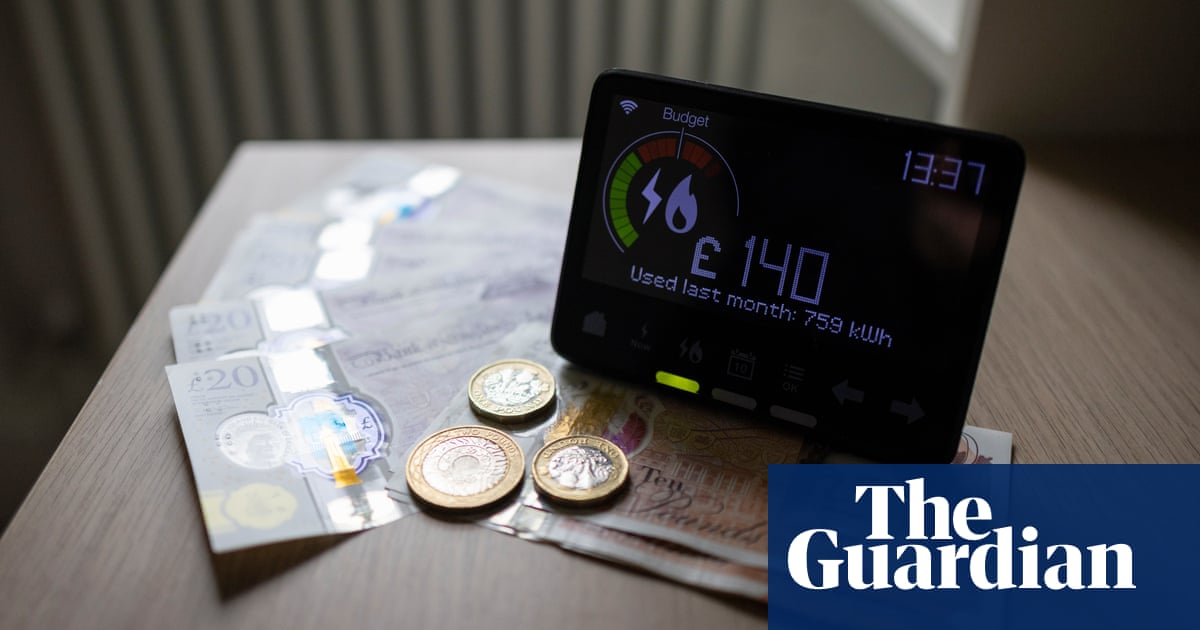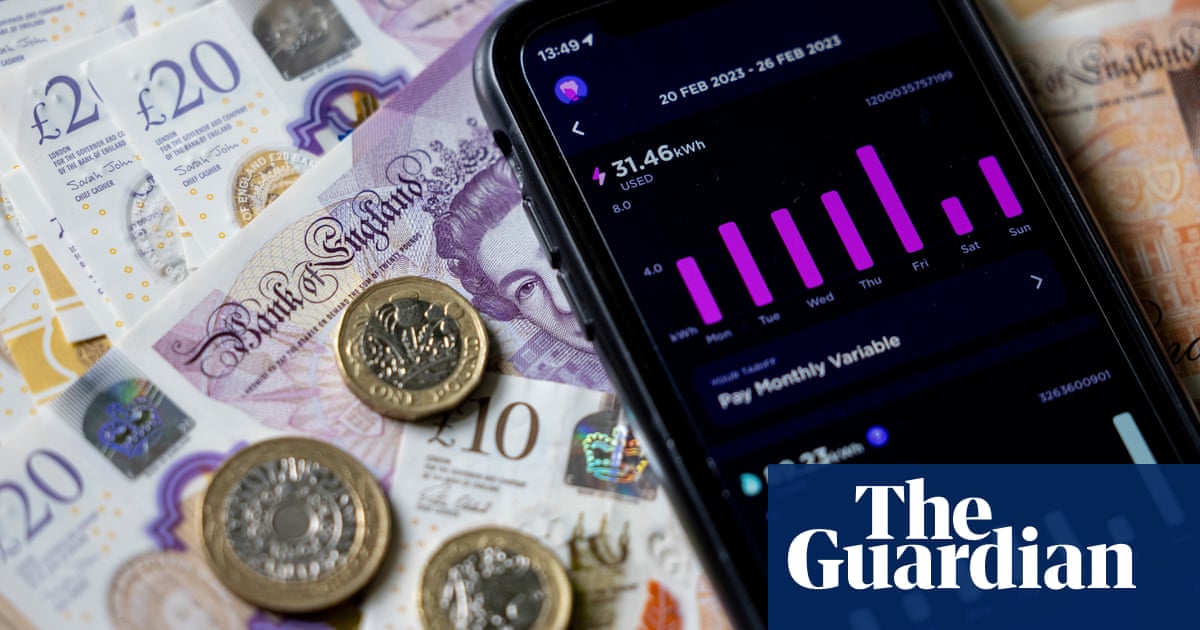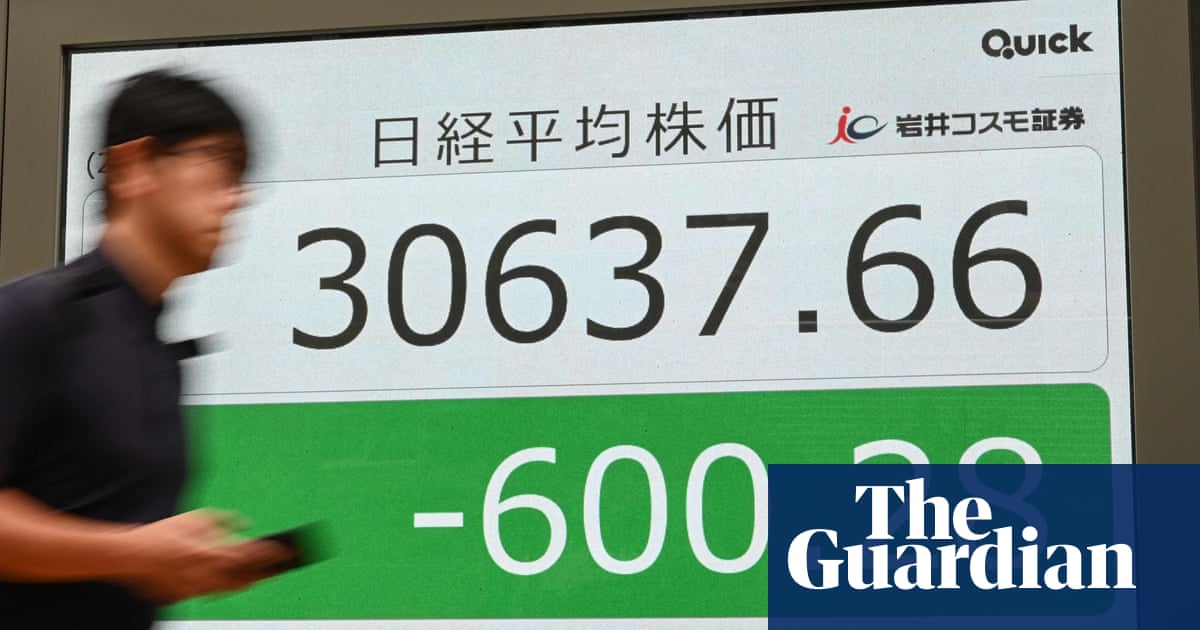
Government payments to soften the impact of rocketing energy bills helped send UK public borrowing soaring to more than £27bn last month – the highest figure for December since modern records began 30 years ago.
The latest bulletin on the health of the UK’s finances from the Office for National Statistics showed government spending last month exceeded receipts by £27.4bn.
The December 2022 figure was up on the £16.7bn borrowed in December 2021 and higher than the £24bn recorded in December 2020, when four million workers were on the government’s wage-subsidy furlough scheme.
Jeremy Hunt dropped a strong hint in his response to the ONS data that there would be no scope for a generous giveaway when he gives his first budget in March.
The chancellor of the exchequer said: “Right now we are helping millions of families with the cost of living, but we must also ensure that our level of debt is fair for future generations.
“We have already taken some tough decisions to get debt falling, and it is vital that we stick to this plan so we can halve inflation this year and get growth going again – creating better-paid jobs across the country.”
Tax receipts in December were up slightly on December 2021 at more than £74bn, but energy support schemes for households and businesses added just over £9bn to public spending, according to the official data.
Higher interest payments of £17.3bn on the UK’s £2tn-plus national debt also contributed to a higher than expected borrowing total, the ONS added. Some of the bonds – or gilts – sold by the government to finance its spending have interest payments linked to inflation as measured by the retail prices index, which has been rising since the middle of 2021 and hit a peak of 14.2% last October.
The ONS said debt interest payments were double the figure for the same month a year earlier and the second-highest monthly figure on record, beaten only by the £20bn figure for June 2022.
The December shortfall meant that in the first nine months of the 2022-23 financial year, public borrowing stood at £128.1bn – £5bn higher than in the same period of 2021-22, but £2.7bn less than forecast by the government’s independent watchdog, the Office for Budget Responsibility.
The OBR said that it had revised down its previous estimates of borrowing for the current financial year by £4.6bn following upward revisions to receipts, particularly the corporation tax paid on profits.
In November, at the time of the Treasury’s autumn statement, the OBR said it anticipated government borrowing of £177bn for the full 2022-23 financial year – almost £49bn up on the previous year.
The amount the government borrows adds to the national debt, which rose by 0.2 percentage points to 99.5% of the economy’s annual output (gross domestic product) over the year to December.
Ruth Gregory, a UK analyst at Capital Economics, said it was the third month in a row borrowing had been higher than the same month a year earlier. “December’s public finances figures provided more evidence that the government’s fiscal position is deteriorating fast,” Gregory said.
“Overall, today’s worse-than-expected public finances figures will only embolden the chancellor in the budget on 15 March to keep a tight grip on the public finances and mean that he waits until closer to the next general election, perhaps in 2024, before announcing any significant tax cuts.”












